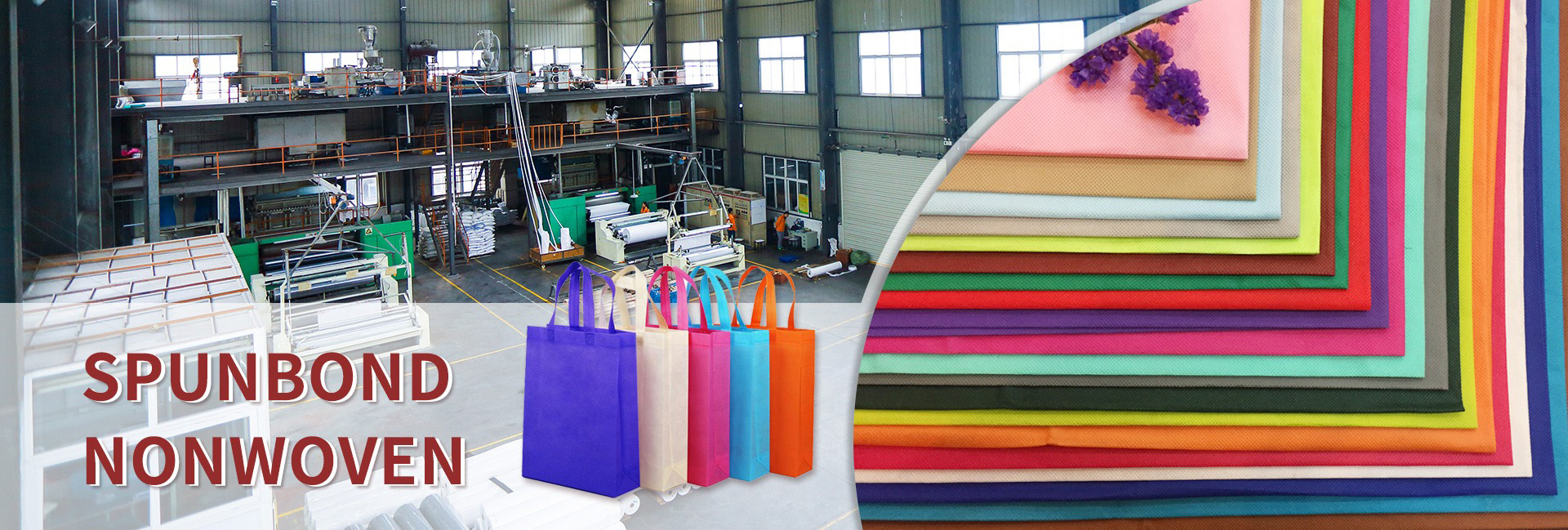In high-risk operations such as chemical production, fire rescue, and hazardous chemical disposal, the safety of frontline personnel is paramount. Their “second skin”—protective clothing—is directly related to their survival. In recent years, a material called “high-barrier composite spunbond fabric”has emerged as a leading material, and with its superior comprehensive performance, it has become the undisputed core material for high-end hazardous chemical protective clothing, building a solid line of defense for operational safety.
Bottlenecks of Traditional Protective Materials
Before understanding high-barrier composite spunbond fabrics, we need to look at the challenges faced by traditional materials:
1. Rubber/Plastic Coated Fabrics: While offering good barrier properties, they are heavy, non-breathable, and extremely uncomfortable to wear, easily causing heat stress and affecting work efficiency and duration.
2. Ordinary Nonwoven Fabrics: Lightweight and low-cost, but lacking sufficient barrier properties, making them unable to resist the penetration of liquid or gaseous toxic chemicals.
3. Microporous Membrane Composite Fabrics: While offering improved breathability, their barrier capacity remains limited for hazardous chemicals with extremely small molecular sizes or specific chemical properties, and their durability may be insufficient.
These bottlenecks have spurred the need for a new type of material that can provide “ironclad” protection while also ensuring comfort and durability.
High-Barrier Composite Spunbond Fabric: Technical Analysis
High-barrier composite spunbond fabric is not a single material, but a “sandwich” structure that tightly binds different functional layers together using advanced processes. Its core advantages stem from this:
1. Spunbond Nonwoven Base Layer: A Robust “Skeleton”
Function: Using raw materials such as polypropylene (PP) or polyester (PET), a high-strength, tear-resistant, and tensile-resistant base layer is formed directly through spunbonding. This layer provides excellent mechanical strength and dimensional stability for the entire material, ensuring that the protective clothing is not easily damaged during complex operations.
2. High-Barrier Functional Layer: An Intelligent “Shield”
This is the core of the technology.Typically, a co-extrusion blown film process is used to composite multiple high-performance resins (such as polyethylene, ethylene-vinyl alcohol copolymer EVOH, polyamide, etc.) into an extremely thin but highly functional film.
High Barrier Properties: Materials like EVOH exhibit extremely high barrier properties against organic solvents, oils, and various gases, effectively preventing the penetration of most liquid and gaseous hazardous chemicals.
Selective Penetration: Through the formulation of different resins and layer structure design, targeted and highly effective protection against specific chemicals (such as acids, alkalis, and toxic solvents) can be achieved.
3. Composite Process: An Unbreakable Bond
Through advanced processes such as hot-press lamination and adhesive dot lamination, the high-barrier film is firmly bonded to the spunbond fabric base layer. This composite structure avoids problems such as delamination and bubbling, ensuring the integrity and reliability of the material throughout its service life.
Why Has It Become a Core Material?—Four Core Advantages
The high-barrier composite spunbond fabric stands out because it perfectly balances several key performance aspects of protective clothing:
Advantage 1: Ultimate Safety Protection
Effectively blocks various hazardous chemicals, including aromatic hydrocarbons, halogenated hydrocarbons, acids, and alkalis. Its impermeability far exceeds national standards and international standards such as European EN and American NFPA, providing users with “ultimate protection.”
Advantage 2: Superior Durability and Reliability
The base spunbond fabric gives it excellent tensile, tear, and abrasion resistance, enabling it to withstand physical stress in harsh working environments and reducing the risk of protective failure due to scratches and wear.
Advantage 3: Significantly Enhanced Comfort
Compared to completely non-breathable rubber protective clothing, high-barrier composite spunbond fabric typically has excellent **breathability and moisture permeability**. It allows sweat produced by the body to be expelled as water vapor, reducing internal condensation, keeping the wearer dry, greatly reducing the thermal load on personnel, and improving work efficiency and safety.
Advantage Four: Lightweight and Flexible
Protective clothing made from this material is lighter and softer than traditional rubber/PVC protective clothing while providing the same or even higher level of protection. This gives wearers greater freedom of movement, facilitating delicate or high-intensity operations.
Application Scenarios and Future Prospects
Currently, high-barrier composite spunbond fabrics are widely used in:
Chemical Industry: Routine inspections, equipment maintenance, and hazardous chemical handling.
Fire and Rescue: Chemical accident rescue and hazardous substance spill handling.
Emergency Management: On-site emergency response by public security and environmental protection departments.
Laboratory Safety: Operations involving highly toxic and corrosive chemicals.
Future Trends: In the future, this material will develop towards **intelligent and multifunctional** applications. For example, integrating sensing technology to monitor chemical penetration onto the clothing surface and the wearer’s physiological state in real time; developing biodegradable and environmentally friendly high-barrier materials to achieve green safety throughout the entire life cycle.
Conclusion
Safety is paramount, and protective clothing is the last line of defense for life. High-barrier composite spunbond fabric, through the deep integration of materials science and textile technology, successfully reconciles the seemingly contradictory demands of “high protection” and “high comfort.” Its widespread application undoubtedly provides a tangible boost to the safety of workers in high-risk industries, marking the beginning of a new era of high-performance personal protective equipment.
Dongguan Liansheng Non woven Technology Co., Ltd. was established in May 2020. It is a large-scale non-woven fabric production enterprise integrating research and development, production, and sales. It can produce various colors of PP spunbond non-woven fabrics with a width of less than 3.2 meters from 9 grams to 300 grams.
Post time: Nov-26-2025

